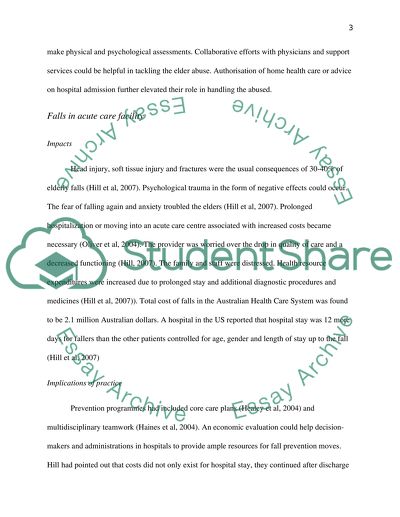Cite this document
(“Nursing older people Essay Example | Topics and Well Written Essays - 1500 words”, n.d.)
Retrieved from https://studentshare.org/environmental-studies/1417270-nursing-older-people
Retrieved from https://studentshare.org/environmental-studies/1417270-nursing-older-people
(Nursing Older People Essay Example | Topics and Well Written Essays - 1500 Words)
https://studentshare.org/environmental-studies/1417270-nursing-older-people.
https://studentshare.org/environmental-studies/1417270-nursing-older-people.
“Nursing Older People Essay Example | Topics and Well Written Essays - 1500 Words”, n.d. https://studentshare.org/environmental-studies/1417270-nursing-older-people.


